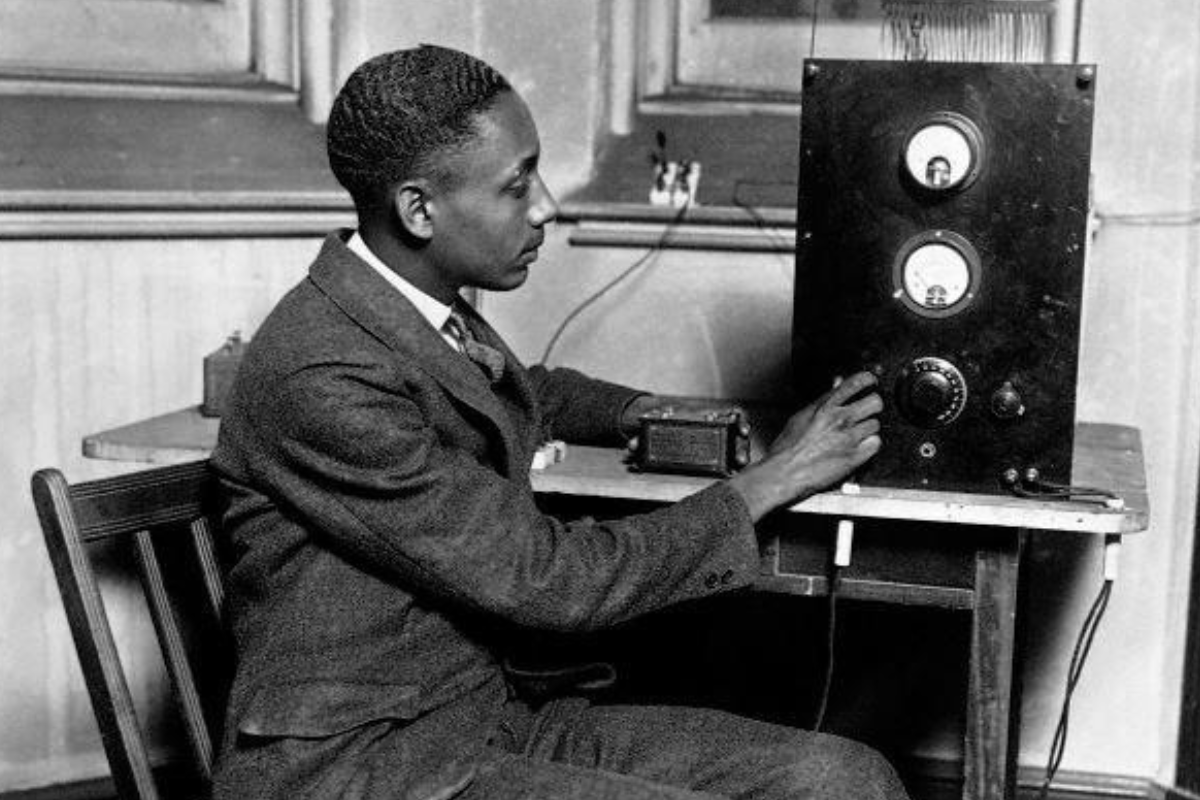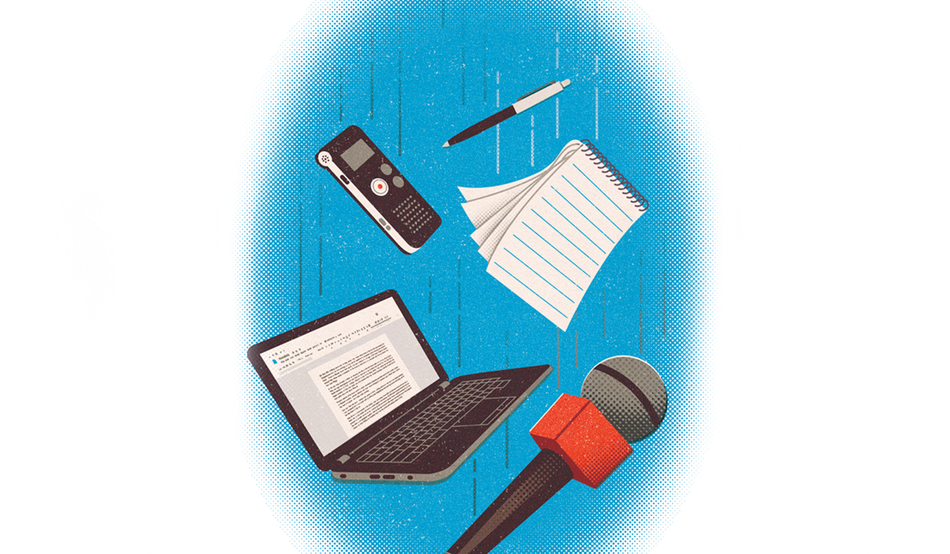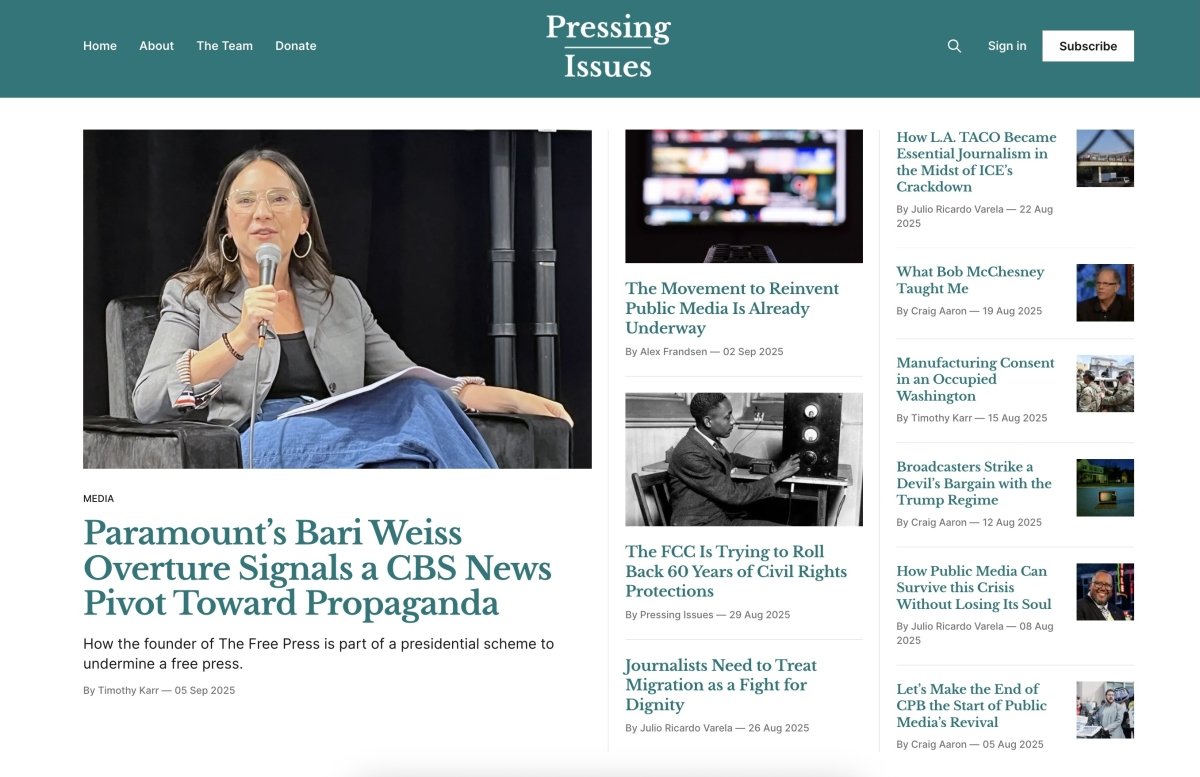Six Impossible Things That Might Save Journalism
It’s time to dream up a media future that millions of people will fight for

“Alice laughed. ‘There's no use trying,’ she said. ‘One can't believe impossible things.’
“‘I daresay you haven't had much practice,’ said the Queen. ‘When I was your age, I always did it for half-an-hour a day. Why, sometimes I've believed as many as six impossible things before breakfast.’”
This quote from Lewis Carroll’s Through the Looking-Glass is clichéd enough to adorn refrigerator magnets, but I still think about it whenever I’m in discussions about the future of journalism, and especially about journalism policy.
Right now we’re facing a free-speech emergency, with government shakedowns and censorship unseen in my lifetime. Public media has been defunded, the Voice of America gutted and replaced with right-wing slop. Corporate media conglomerates have caved to pressure from the Trump administration, collaborated with the censors and cashed in. Unchecked consolidation threatens to erase what’s left of local news, while the surveillance capitalists twist algorithms to push their own reactionary views.
I fear that those of us who care about the future of journalism — and see it as essential to restoring democracy — are offering too little in this moment. When we talk about the crisis in journalism (and I do not exempt myself from this critique), too often we still talk like it’s 2011 or 1979. We look nostalgically at what we used to have, we tinker around the edges, we cling to our white papers while the walls collapse around us. Then we wonder why nobody cares, why the public isn’t with us and why we keep losing ground.
Journalists are cynical and skeptical by nature — that’s often what makes them good journalists. But those same tendencies don’t always serve us well at a moment when we need more allies and visionaries.
In the short term, there’s no question that we’ll have to play more defense. And the practical details matter. But in the face of so much danger and despair, those of us who care about the future of journalism need to lift up our heads, break out of our silos and ask ourselves what we’re doing to meet this dire moment, how we might take bigger swings and how we can dream up a media future that millions of people will fight for.
I won’t pretend to have all the answers. But I know this much: We need to start believing in more impossible things.
Thing 1: A media free from billionaires
Last week, Donald Trump again feted tech and media moguls in the paved-over White House Rose Garden. Executives including Mark Zuckerberg debased themselves, flattering the wannabe dictator as they eyed more fat government contracts and special favors. It was gross.
There are no excuses. This is who they are, and this is the world they want, and we should be ashamed if we ever thought otherwise. Yet for years, we’ve allowed these same billionaires to dictate government policy, held them up as potential saviors for local news and excused their power grabs.
The Wall Street Journal recently reported that there are now 1,135 billionaires in the United States who are collectively worth $5.7 trillion. “The 100 richest billionaires account for nearly $3.86 trillion in wealth — more than half the total,” the paper noted. “Just three men — Elon Musk, [Jeff] Bezos and Mark Zuckerberg — account for almost $1 trillion of it.”

This extreme concentration of wealth, combined with media control, is smothering our democracy. “No billionaires” may sound like an impossible idea for now (though it is catchy). But at the very least, let’s finally stop pretending that billionaire-controlled media will ever provide the news coverage and civic information we need.
Thing 2: A revived public media
I’m heartened to see philanthropy mobilizing to raise emergency funds for rural and under-resourced stations in the wake of the defunding of the Corporation for Public Broadcasting. At the same time, people are growing angrier about these cuts and are eager to do more than write checks. State leaders are looking to help. Innovators inside and alongside the system have big and creative ideas. And we have a unique opportunity — created by this crisis — to reimagine a public-media system grounded in community, committed to local newsgathering, working across platforms and freed from partisan meddling.
We shouldn’t just work to blunt the edges of the Trump regime’s attack or reglue the shattered pieces of the previous system. We should instead demand the world-class, multibillion-dollar, democracy-sustaining public-media system we deserve.
We can start by testing new ideas in the states, convening innovative allies, organizing public-media supporters, giving them new ways to contribute and rebuilding public media from the ground up — the only proven way to make good things happen.
Thing 3: The money funds it
Pushing for new public investments might seem impossible at a time of massive cutbacks. But the money is out there. It’s just being spent on other priorities: tax cuts for the rich, militarization and a nauseating amount of gold leaf in the White House.
There will be a day when this regime is gone, and there will be so much to repair and rebuild. Our media must be a major priority in the reconstruction.
I’m agnostic about where the money comes from. It could take the form of direct congressional appropriations into an independent trust. We could defund ICE. It could come from taxing the obscene wealth of those billionaires who created this mess.
Or, as Free Press has long advocated, we could place a 1 percent tax on the massive advertising revenues of tech and corporate giants, and invest the revenue in independent grantmaking bodies — like New Jersey’s Civic Information Consortium — to support local journalism and community-information needs.
The best part of this last option is that we don’t have to wait for a change of power in Washington. States can start doing it now.
Thing 4: Media reparations
A pillar of Trump’s assault involves targeting anything connected to diversity, equity and inclusion. Trump henchmen like the FCC’s Brendan Carr have bullied companies they regulate to remove content and shutter equity program.
But just because corporations have shown such cowardice doesn’t mean the rest of us should stop talking about racism or the legacy of discrimination that created the media system we’re still trying to fix.
As Joseph Torres and my colleagues at Media 2070 have chronicled, there’s a direct line from today’s attacks and efforts to erase Black and Brown voices to the ways that broadcasters and publishers upheld Jim Crow, fomented anti-Black violence and profited from slavery. Learning from that history — and recognizing its modern manifestations — is essential to charting a different path as new technologies and political possibilities emerge.

So, yes, the very moment when even the most milquetoast diversity programs are under attack is exactly the right time to talk more about how to make media reparations a reality.
Thing 5: A government that works
During this period in the political wilderness, we must ensure that press freedom is a core part — alongside things like election protection and judicial reform — of any agenda for restoring democracy.
While asking pro-democracy groups to think more about the media, we also need journalists and media advocates to recommit to the larger work of creating an enduring, multiracial democracy.
For far too many years, journalists have been told to keep out of politics and keep their views to themselves, even as those rules never applied to their bosses. Major parts of the media are heavily invested in the broken status quo: Broadcasters prop up their businesses on attack ads and the broken campaign-finance system, and executives sell out their newsrooms for mergers and military contracts. We’ll have to work around these companies.
Press-freedom and media-justice groups and our allies have a major stake here. We must rebuild our government to ensure we have independent regulators that autocrats can’t fire. We need firewalls that shield scientific research alongside arts and media funding, strong labor laws and all the rest. The fates of good journalism and a healthy democracy are intertwined.
Thing 6: A movement capable of achieving all of this
A March article in the British Prospect magazine painted a harrowing picture of our chances. As the subhead neatly summarized: “Journalism is in freefall — and the public doesn’t care.”

“People still want reliable, relevant information from sources independent of those in power in business and government,” author Rasmus Kleis Nielsen explained. “In fact, mountains of research suggest that people appreciate the ideal aspirations of journalism, and want news that helps them understand the world, offers a range of perspectives and maintains independence from those it covers. The contract is coming apart because much of the public does not believe actually existing journalism offers this.”
People aren’t turning away from journalism because they don’t want to know what’s happening. They’re turning away because the journalism we’re producing doesn’t represent them, serve them or speak to their needs.
The same is true of our policy proposals. Right now, too much work in the media/tech policy world focuses on advancing minor changes, propping up the old structures or just lamenting their demise. There’s a lot of talk about news deserts and all we’ve lost, but too little about what could bloom out of the wreckage — what the lush local-media rainforest could be.
And therein lies the opportunity. We can create journalism that’s responsive to local needs, that amplifies local voices, that engages the public. We can connect to a broad coalition of allies and show them what it looks like to make media that’s worth fighting for rather than just complaining about. In fact, this is already starting to happen in places like New Jersey and through efforts like the Free Press Action-led Media Power Collaborative.
In other words, if we can expand our narrow definition of what’s possible — then we just might make it happen.
What are your impossible better ideas?
Those are six of my “impossible things,” and I haven’t even had my beignets and chicory coffee yet. (I’m in New Orleans today.) What are yours? Send them in, and we’ll highlight some in a future newsletter.
Going public
With this edition, Pressing Issues is officially launching to the public! We’ve been in a “soft launch” mode for the past six weeks. But now that we have some momentum — and a great early response from our readers — we’re ramping up our outreach, blasting our lists and trying to share this with a wider audience.

We could use your help! Please share Pressing Issues with people who might like to read it and urge them to subscribe. Thanks!
The kicker
“Journalism is a public good. We need policies that treat it as such.” — Local News for the People: A Policy Agenda for Meeting Civic-Information Needs
About the author
Craig Aaron is the co-CEO of Free Press and Free Press Action and a guy with two first names. Follow him on Bluesky.








